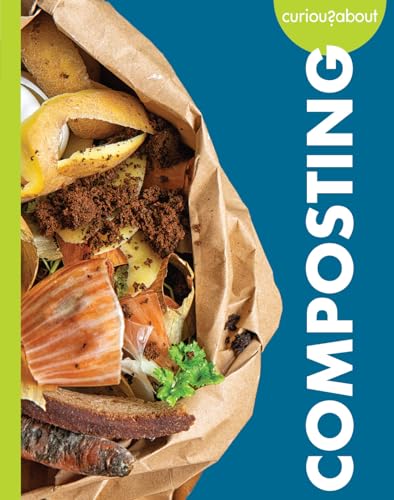
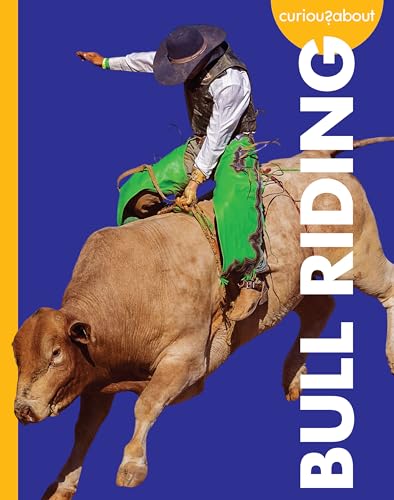
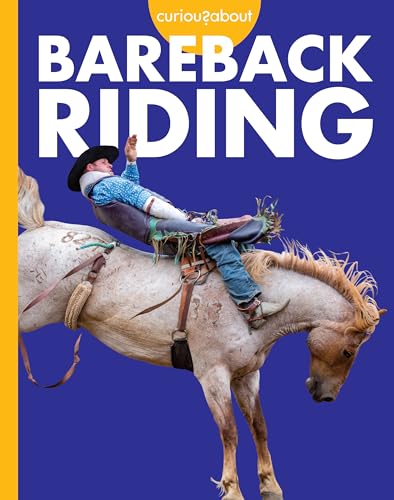
Curious About
Series · 30
books · 1970-2025
Books in series

#3
Curious About Composting
2024

#15
Curious about Bull Riding
2025

#19
Curious about Bareback Riding
2025
Hang on! Bareback riding is an action-packed roughstock event performed in rodeo competitions across the United States. How do riders stay on bucking broncs? What does it take to be a bareback rider? Spike elementary-aged readers' curiosity about the high-interest topic of rodeo sports with questions and answers about bareback riding. "Did You Know" facts and infographics help visual learners hang on for the wild ride when learning new concepts. A "Stay Curious" feature encourages readers to keep asking questions and works to expand their research skills. Includes table of contents, glossary, books and websites for further research, and index.
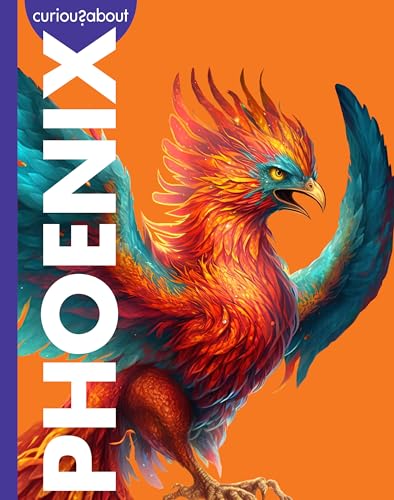
#20
Curious about Phoenix
2025
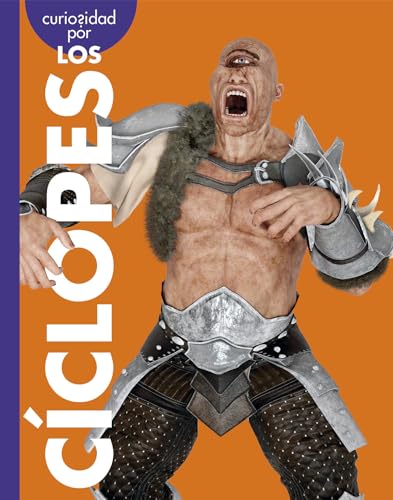
#25
Curiosidad por los ciclopes
2025
Keep an eye on these one-eyed creatures from Greek mythology! Where did Cyclopes come from? Are they friendly? Spark elementary-aged readers' curiosity with questions and answers about the high-interest topic of the mythical cyclops. "Did You Know" facts and infographics help visual learners open their eyes to learning new concepts. A Stay Curious! feature encourages readers to keep asking questions and works to expand their research skills. Includes table of contents, glossary, books and websites for further research, and index.

#36
Curious about Fighter Jets
2024
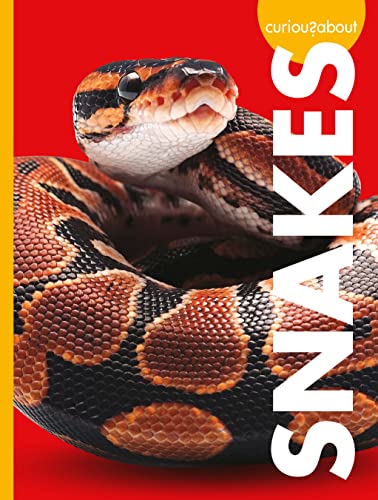
#46
Curious about Snakes
2023
Learn about life with a pet snake, including care and handling techniques.
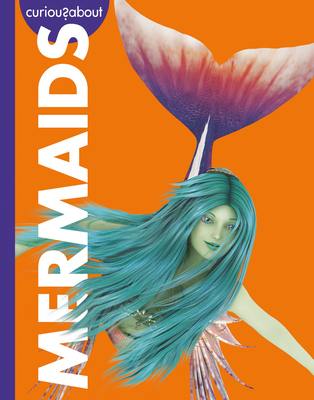
#50
Curious about Mermaids
1970
Are merfolk friends or foes or what? Spark early readers' natural curiosity about fantasy and fairy-tale creatures with this inquiry-based approach to mermaids. Legendary mermaids aren't always the sweet, pretty fish women we see in popular culture. In folklore, mermaids were known to sink ships and drag sailors under water. But they aren't all bad. Some would save sailors from watery deaths. Perfect for self-selection, this question-and-answer book covers legendary mermaids' appearance, behavior, and where they live. Simple infographics draw in browsers and visual learners. A Stay Curious! feature encourages kids to keep asking questions while doubling as a mini media literacy lesson on research skills. Includes glossary and index.
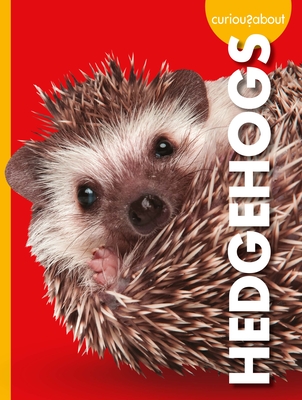
#56
Curious about Hedgehogs
2023
Learn about life with a pet hedgehog, including handling techniques, hedgehogs' skittish nature, and their ability to run for miles on a hedgehog wheel.
#57
Curious about Hedgehogs
2023
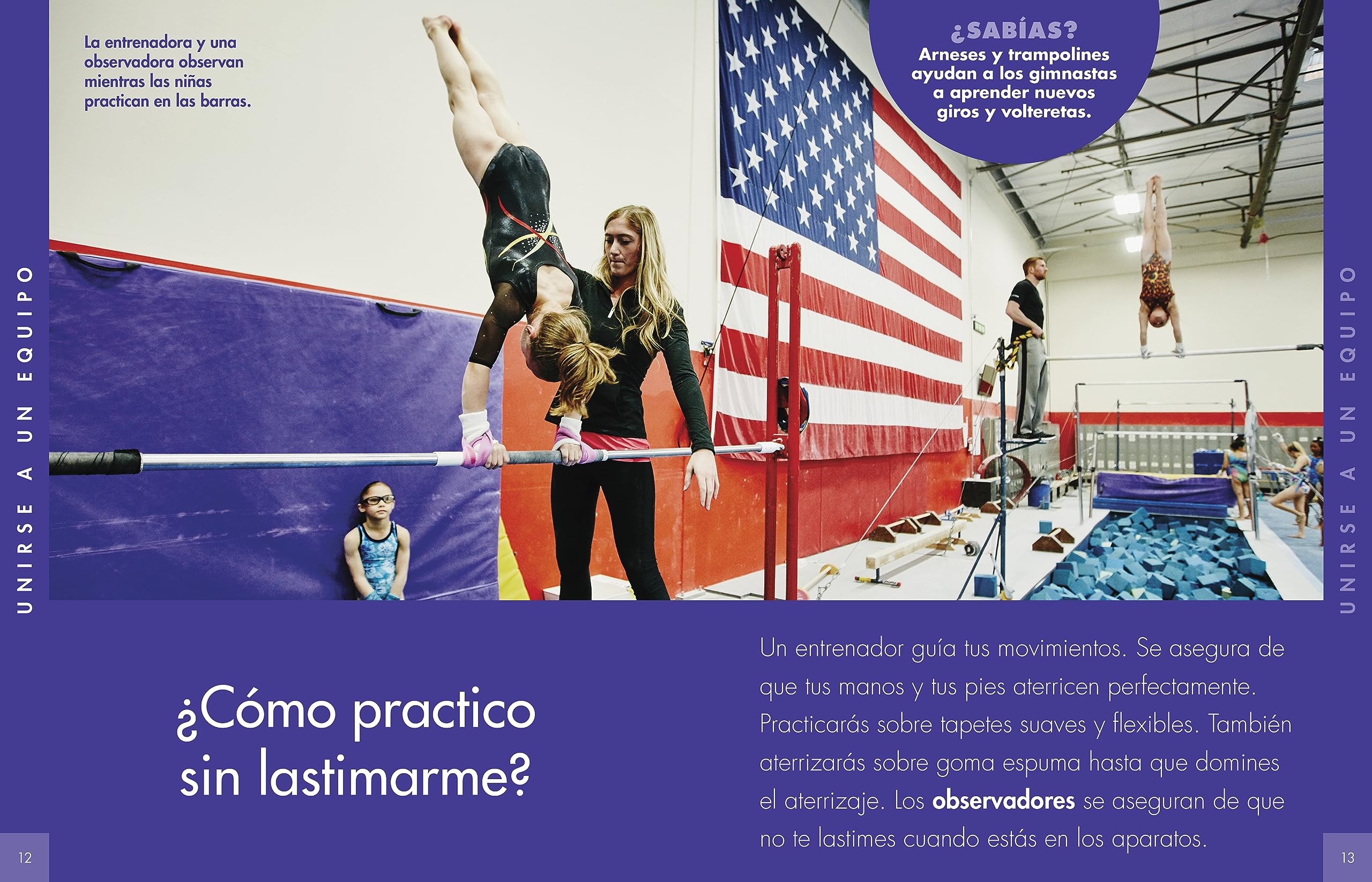
#58
Curiosidad por la gimnasia (Curiosidad por los deportes)
2023
Get kids ready to jump, flip, and tumble around! How do gymnasts jump so high? What is a gymnastics meet like? Conversational questions and answers, translated into Spanish, share what kids can expect when they join gymnastics, including what clothes to wear, some basic skills and scoring, and what the different events for boys and girls are. "Did You Know" fact boxes and infographics help visual learners stick the landing on learning new concepts. A Stay Curious! feature encourages kids to keep asking questions while doubling as a mini media literacy lesson on research skills. Includes glossary and index. North American Spanish translation.
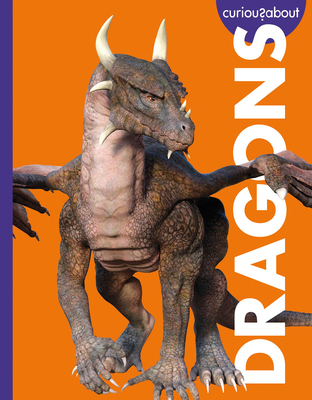
#65
Curious about Dragons
1970
Could dragons really be trained? Spark early readers' natural curiosity about fantasy and fairy-tale creatures with this inquiry-based approach to dragons. Dragons are known for breathing fire and hoarding treasure. But not all dragons are the same. Some dragons live in water and pass on wisdom to worthy people. Perfect for self-selection, this question-and-answer book covers legendary dragons' appearance and features, habitat, and behavior. Simple infographics draw in browsers and visual learners. A Stay Curious! feature encourages kids to keep asking questions while doubling as a mini media literacy lesson on research skills. Includes glossary and index.
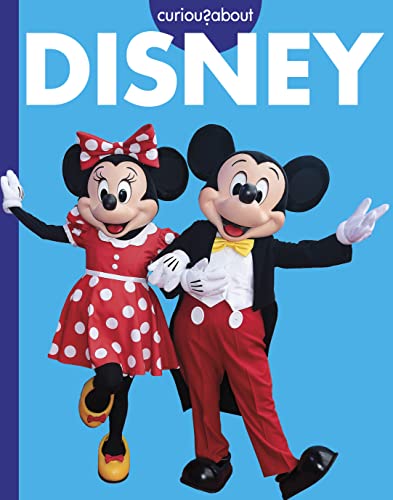
#66
Curious about Disney
2023
What was the first Disney movie? How are animated movies made? Spark kids' natural curiosity with an inquiry-based exploration of the brand that makes their favorite movies.
Disney is known for its blockbuster movies. The magic comes from its storytelling, but there's more to know about this iconic entertainment brand. Kid-friendly text takes readers behind the scenes to answer questions about the Disney brothers, animated films, Disney parks, characters, and more! Simple infographics draw in browsers and visual learners.
A Stay Curious! feature encourages kids to keep asking questions while doubling as a mini media literacy lesson on research skills. Includes glossary and index.

#69
Curious about Venus
2022
Why does everyone want to go to Mars and not Venus? Spark early readers' natural curiosity about planets with this inquiry-based nonfiction approach to Venus.
Venus is sometimes called Earth's twin planet – its evil twin. Did you know Venus is so hot that metal melts on its surface? And if the heat doesn't burn you up, the atmospheric pressure would crush you. Perfect for self-selection and early reports, this question-and-answer book covers Venus' appearance and features, plus missions to the planet.
A Quick Facts chart provides fast facts while simple infographics support visual learners. A Stay Curious! Learn More feature encourages kids to keep asking questions while doubling as a mini media literacy lesson on research skills. Includes glossary and index.
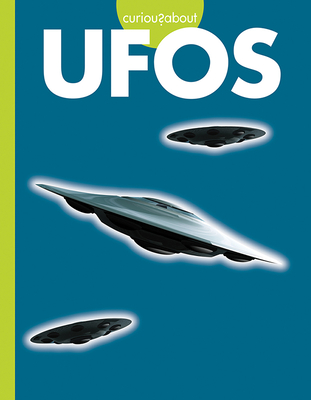
#71
Curious about UFOs
2022
Questions and answers about UFOs encourage inquiry-based learning for curious early elementary readers. Topics include appearance, famous sightings, and investigations. A Stay Curious! feature models research skills and doubles as a mini media literacy lesson. Includes simple infographics, glossary and index.
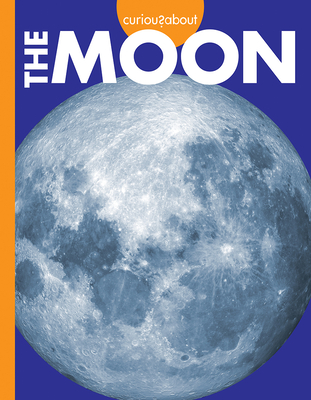
#72
Curious about the Moon
2022
Are we ever going back to the Moon? Spark early readers' natural curiosity about space with this inquiry-based nonfiction approach to the Moon.
Did you know astronauts have been to the Moon six times? Or that walking on the Moon is like bouncing on a trampoline? Perfect for self-selection and early reports, this question-and-answer book covers the Moon's appearance and features, plus missions to the satellite.
A Quick Facts chart provides fast facts while simple infographics support visual learners. A Stay Curious! Learn More feature encourages kids to keep asking questions while doubling as a mini media literacy lesson on research skills. Includes glossary and index.
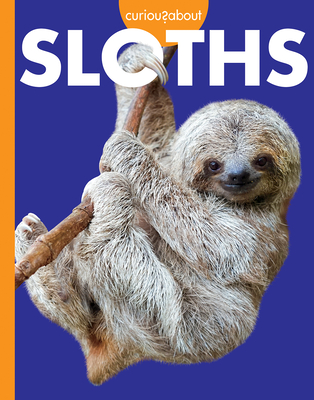
#75
Curious about Sloths
2022
Are sloths lazy? Spark elementary-age readers' natural curiosity about wild animals with an inquiry-based nonfiction approach to sloths.
Meet the slowest mammal in the world! This tree-dwelling, leaf-munching rainforest animal moves at a speedy seven feet per minute. Sloths move so slow algae can grow on their fur, making some sloths appear green! With an engaging Q&A format, curious elementary kids will learn about the sloth's habitat, diet, and family life. Features both two- and three-toed sloths.
Simple infographics call out stats and support visual learning. A Stay Curious! feature models research skills and doubles as a mini media literacy lesson. Includes a table of contents, glossary, and index.
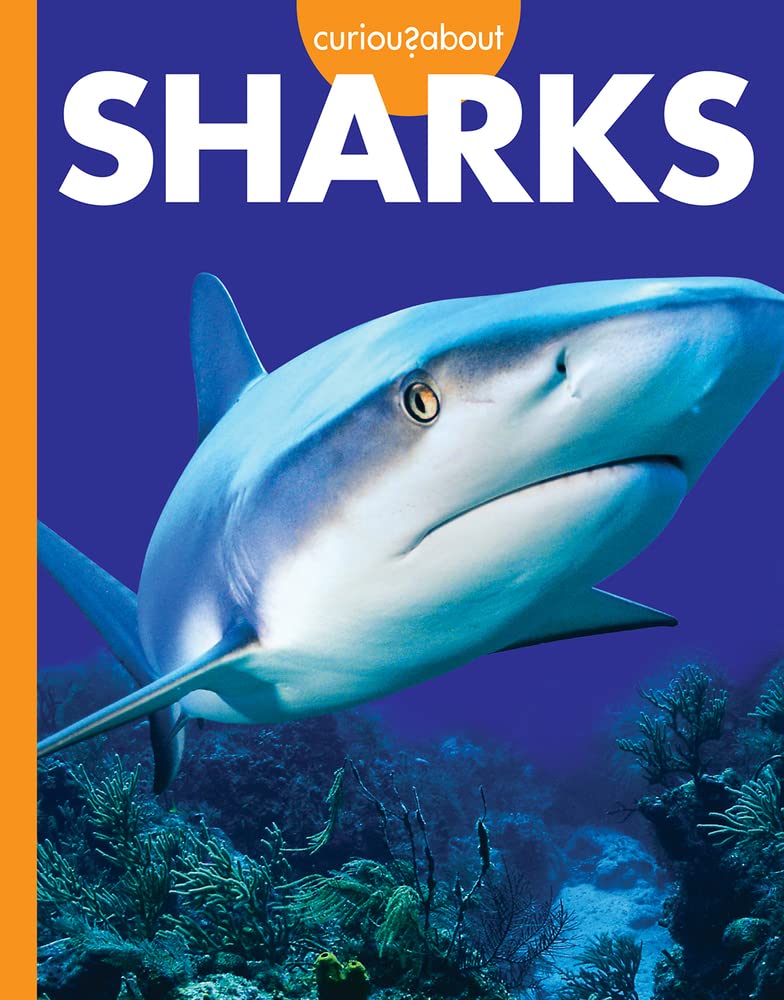
#76
Curious About Sharks
2022
Do sharks eat people? Spark elementary-age readers' natural curiosity about wild animals with an inquiry-based nonfiction approach to sharks.
My, what sharp teeth you have! With the ability to move fast and sense the movement of other ocean animals, it is easy to see why some sharks, like the great white, are at the top of the food chain. But not all sharks are predators. Using an engaging Q&A format, curious elementary kids will learn about shark features, diet, and ocean life.
Simple infographics call out stats and support visual learning. A Stay Curious! feature models research skills and doubles as a mini media literacy lesson. Includes a table of contents, glossary, and index.
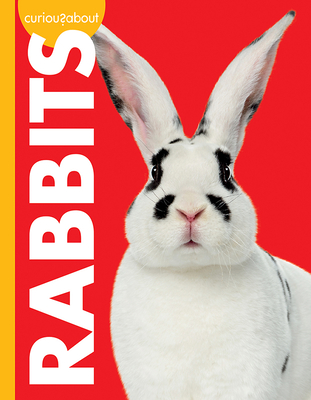
#78
Curious about Rabbits
2021
Why do bunnies hop around? Find out the answer and spark early reader's natural curiosity about pets with this inquiry-based nonfiction approach to rabbits.
How strong are a rabbit's legs? At top speeds, a bunny can move at 50 miles per hour and hop up to 9 feet! Featuring nine kid-friendly Q&As, curious elementary readers will learn about rabbit behavior, body language, and communication. Engaging and sometimes silly questions draw in even reluctant readers and research-based answers satisfy young animal lovers' curiosity.
Simple infographics call out stats and support visual learning. A Stay Curious! feature gives additional resources and doubles as a mini media literacy lesson that models inquiry skills. Includes a table of contents, glossary, and index.
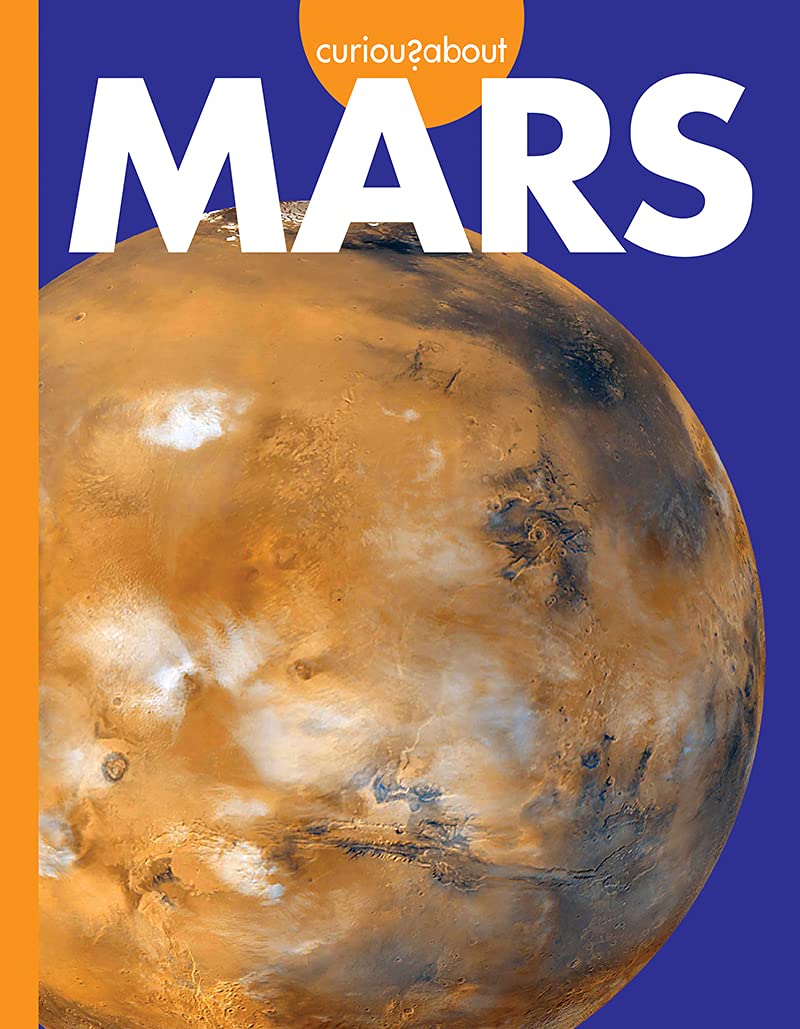
#84
Curious about Mars
2022
Will we ever live on Mars or not? Spark early readers' natural curiosity about planets with this inquiry-based nonfiction approach to Mars.
You know Mars is our red neighbor. But did you know it's only half the size of Earth? Or that this small planet has the solar system's largest volcano? Perfect for self-selection and early reports, this question-and-answer book covers Mars' appearance and features, plus missions to the planet.
A Quick Facts chart provides fast facts while simple infographics support visual learners. A Stay Curious! Learn More feature encourages kids to keep asking questions while doubling as a mini media literacy lesson on research skills. Includes glossary and index.

#85
Curious about Lowriders
2022
How do you make a lowrider bounce? Spark early readers' natural curiosity about cool rides with this inquiry-based nonfiction approach to lowriders.
Lowriding means riding low and slow in a mobile work of art. Popularized in the 1940s by Mexican Americans in California, lowriding became a way to show pride in Chicano culture. Later, added hydraulic suspensions let the cars move up and down as if they were dancing. Appeal to budding car lovers with this question-and-answer book covering lowrider parts, paint jobs, and history. Simple infographics draw in browsers and visual learners.
A Stay Curious! feature encourages kids to keep asking questions while doubling as a mini media literacy lesson on research skills. Includes table of contents, glossary, and index.
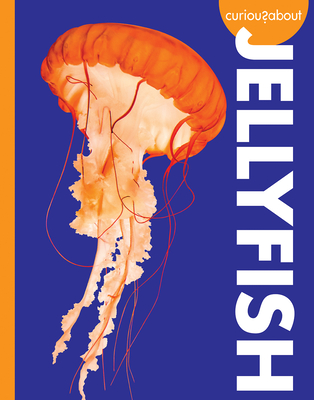
#87
Curious about Jellyfish
2022
What are jellyfish made of? Spark elementary-age readers' natural curiosity about wild animals with an inquiry-based nonfiction approach to jellyfish.
Did you know jellyfish don't have brains? Made of 95 percent water, a jelly has a thin skin with nerve cells that carry messages about how to move and eat. Jellyfish don't live together, but under the right conditions, a big "bloom" forms. With an engaging Q&A format, curious elementary kids will learn about jellyfish body parts, diet, and ocean life, including what a jellyfish sting feels like.
Simple infographics call out stats and support visual learning. A Stay Curious! feature models research skills and doubles as a mini media literacy lesson. Includes a table of contents, glossary, and index.
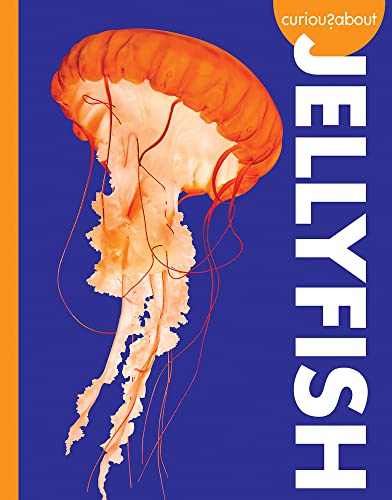
#88
Curious About Jellyfish
2022
What are jellyfish made of? Spark elementary-age readers' natural curiosity about wild animals with an inquiry-based nonfiction approach to jellyfish. Did you know jellyfish don't have brains? Made of 95 percent water, a jelly has a thin skin with nerve cells that carry messages about how to move and eat. Jellyfish don't live together, but under the right conditions, a big "bloom" forms. With an engaging Q&A format, curious elementary kids will learn about jellyfish body parts, diet, and ocean life, including what a jellyfish sting feels like. Simple infographics call out stats and support visual learning. A Stay Curious! feature models research skills and doubles as a mini media literacy lesson. Includes a table of contents, glossary, and index.
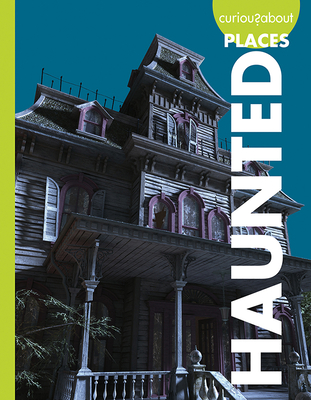
#92
Curious about Haunted Places
2022
Questions and answers about haunted places encourage inquiry-based learning for curious early elementary readers. Topics include appearance, hauntings, and looking for proof. A Stay Curious! feature models research skills and doubles as a mini media literacy lesson. Includes simple infographics, glossary and index.
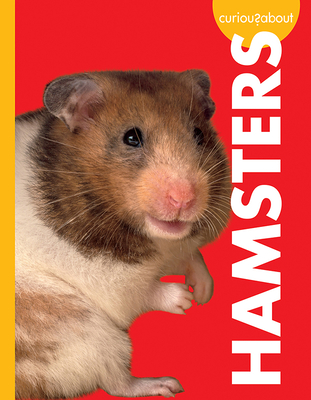
#93
Curious about Hamsters
2021
Why are hamsters always chewing on things? Find out the answer and spark early reader's natural curiosity about pets with this inquiry-based nonfiction approach to hamsters.
What chubby cheeks! Did you know a hamster has huge cheek pouches that go all the way to their shoulders? That's how they stuff their face with food—literally! Featuring nine kid-friendly Q&As, curious elementary readers will learn about hamster care, behavior, and training. Engaging and sometimes silly questions draw in even reluctant readers and research-based answers satisfy young animal lovers' curiosity.
Simple infographics call out stats and support visual learning. A Stay Curious! feature gives additional resources and doubles as a mini media literacy lesson that models inquiry skills. Includes a table of contents, glossary, and index.
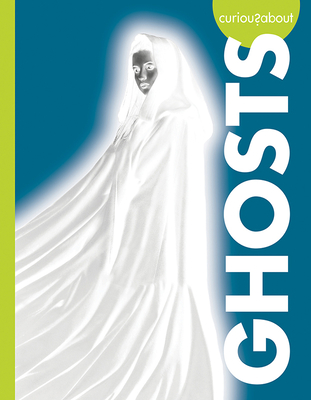
#94
Curious about Ghosts
2022
Do ghosts show up in pictures? Spark early readers' natural curiosity about paranormal creatures with an inquiry-based nonfiction approach to ghosts.
Have you ever had a ghostly encounter? Maybe you felt a sudden chill. The lights flickered or your heard a voice—but you're alone in the house. Spooky! What else could it be? Questions on appearance, behavior, and evidence lay out stats and facts to help the reader decide—are ghosts real?
Simple infographics call out key data to support visual learning. A Stay Curious! feature models research skills and doubles as a mini media literacy lesson. Includes a table of contents, glossary, and index.
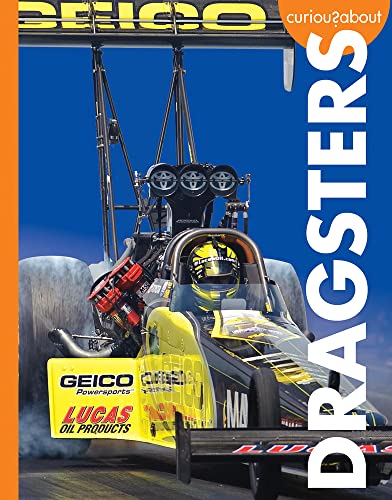
#95
Dragsters
2022
How long is a Top Fuel dragster race? Less than 5 seconds! Spark early readers' natural curiosity about racing with this inquiry based nonfiction approach to dragsters. A bone rattling ride with more gforce than a rocket launch? Welcome to Top Fuel dragster racing. It even looks like a rocket, with flames coming out the tailpipes. Appeal to budding racers and NASCAR fans with this question and answer book covering dragster types, including top fuel, funny car, and pro stock, along with history, fuel, and parts. Simple infographics draw in browsers and visual learners. A Stay Curious! feature encourages kids to keep asking questions while doubling as a mini media literacy lesson on research skills. Includes table of contents, glossary, and index.

#96
Curious About Dolphins
2022
"Explore the underwater life of a dolphin with a fun question-and answer format that reinforces inquiry-based learning. Topics include special behavior, families, and ocean life. A Stay Curious! feature models research skills and doubles as a mini media literacy lesson. Includes simple infographics, glossary and index"—
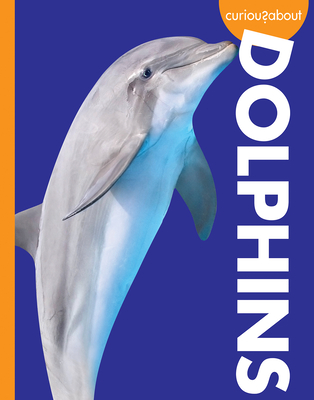
#97
Curious about Dolphins
2022
How do dolphins sleep? Spark elementary-age readers' natural curiosity about ocean mammals with an inquiry-based nonfiction approach to dolphins.
Did you know that a dolphin can put half its brain on sleep mode? The other half stays awake to remember to go up for air. Dolphins spend most of their lives holding their breath—almost two-thirds! With an engaging Q&A format, curious elementary kids will learn about this whale's family life, behavior, and what they do for fun.
Simple infographics call out stats and support visual learning. A Stay Curious! feature models research skills and doubles as a mini media literacy lesson. Includes a table of contents, glossary, and index.
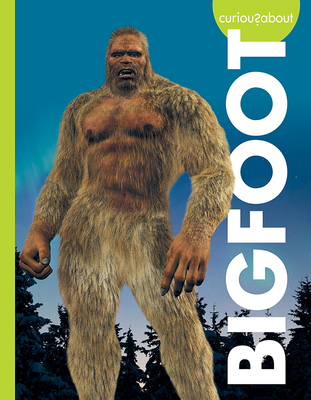
#101
Curious about Bigfoot
2021
How big are Bigfoot's feet? Spark early readers' natural curiosity about paranormal creatures with an inquiry-based nonfiction approach to Bigfoot.
Ready to go squatchin'? From urban legends to Native stories, there are many names for the elusive ape-like creature, like the Chinese yeren, the Asian yeti, or the classic Sasquatch of North America. Questions on appearance, behavior, and evidence lay out stats and facts to help the reader decide—is Bigfoot real?
Simple infographics call out key data to support visual learning. A Stay Curious! feature models research skills and doubles as a mini media literacy lesson. Includes a table of contents, glossary, and index.
Authors

Heather Adamson
Author · 8 books
I live in South Dakota with my husband and my two boys. I also have a dog named Quincy. I usually do my writing on my laptop at the dining room table. Or I use the computer in my office. I love writing nonfiction books because I learn all sorts of interesting things about our world. I hope you read some of my books and learn, too. Maybe you will even get an idea for something you'd like to write!

Gina Kammer
Author · 4 books
Gina Kammer grew up in Narnia and Middle-earth, often writing and illustrating her own stories. She studied English at Bethany Lutheran College and took writing and theater courses in London. After she earned her M.A. in literature at the University of South Dakota, she edited a small-town newspaper. Now she edits books and occasionally teaches writing and journalism courses. When not writing, she reads science fiction, fantasy, and medieval literature. She also enjoys traveling, oil painting, archery, and snuggling her grumpy bunny. She lives in Minnesota with her husband, daughter, and menagerie of critters.

